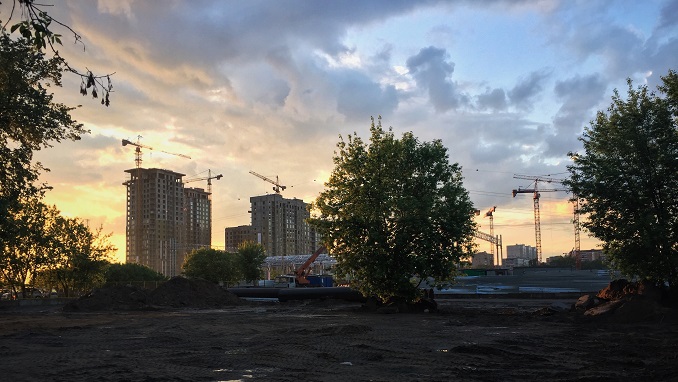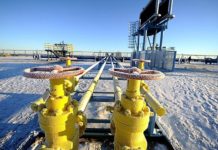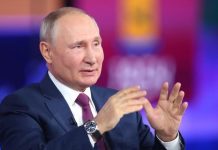Housing construction and industry were the two prime growth drivers last month with volumes of the former up by 6.7% y/y (0.6% in March) and industrial production jumping by 4.6% y/y on higher oil and gas output and the calendar factor, BCS Global Markets said, commenting on the latest data by Russia’s state statistical agency.
“However, aggregated construction data showed zero growth y/y last month – a sign that investment activity in the economy remained weak. The trend was also evident in the data on 1Q19 fixed investment that rose only by 0.5% y/y, the lowest growth rate since 3Q16. Agricultural output showed the same growth rates as in March (1.4% y/y),” BSC Global Markets chief economist Vladimir Tikhomirov said in a note, according to bne Intellinews.
Low levels of investment is a weak point for Russia. The existing investment is dominated by the state and is concentrated in a few mega-projects organised by the likes of Gazprom, the news website says.
At the same time foreign direct investment (FDI) is depressed, and once the re-investment of profits earned by foreign companies already present in Russia (which counts as FDI) is excluded, then FDI is currently negative. Russia’s businesspeople – both domestic private investors and foreign investors – are suffering from a crisis of confidence in the Kremlin and are sitting on their hands, bne Intellinews writes.
“April data confirms that a further slide in growth is unlikely after a weak 1Q19. However, major acceleration in economic activity is also off the cards in the short term, which means that Russia’s current growth potential will continue to balance around 1% y/y. We might start to see higher growth rates in 2H19 or in 2020, if the government starts the implementation of its delayed national projects, including new investments in infrastructure,” Tikhomirov added.












